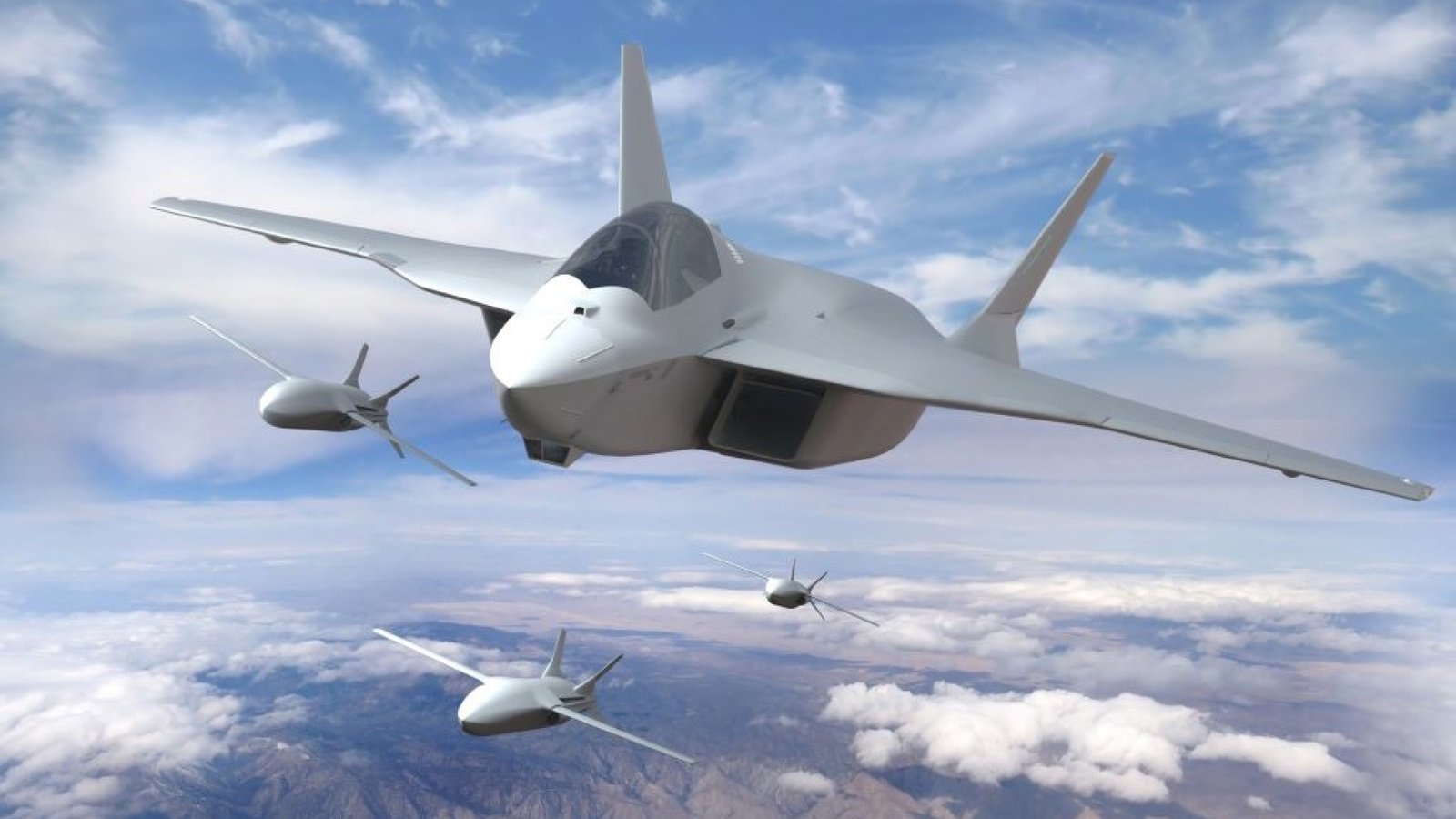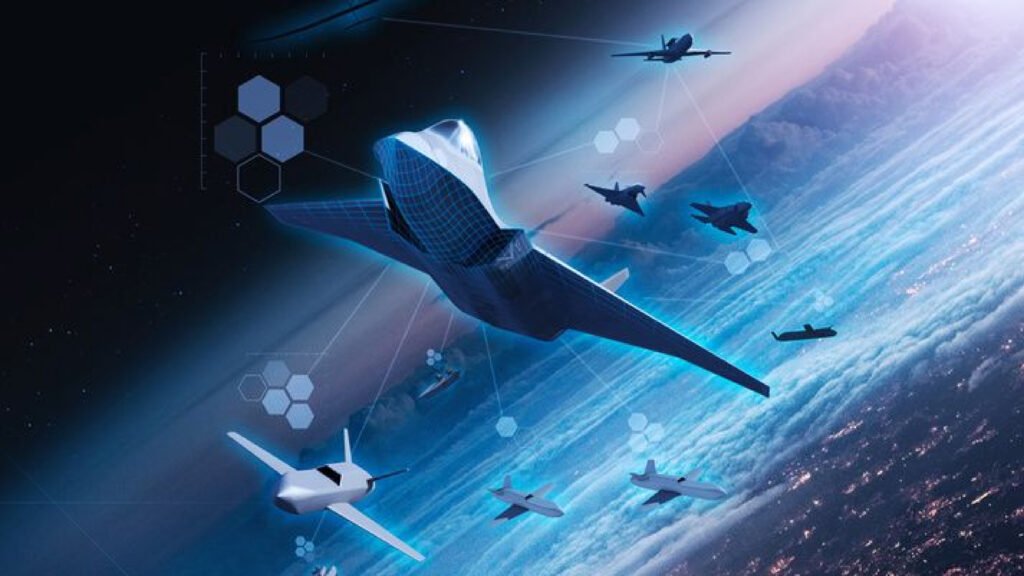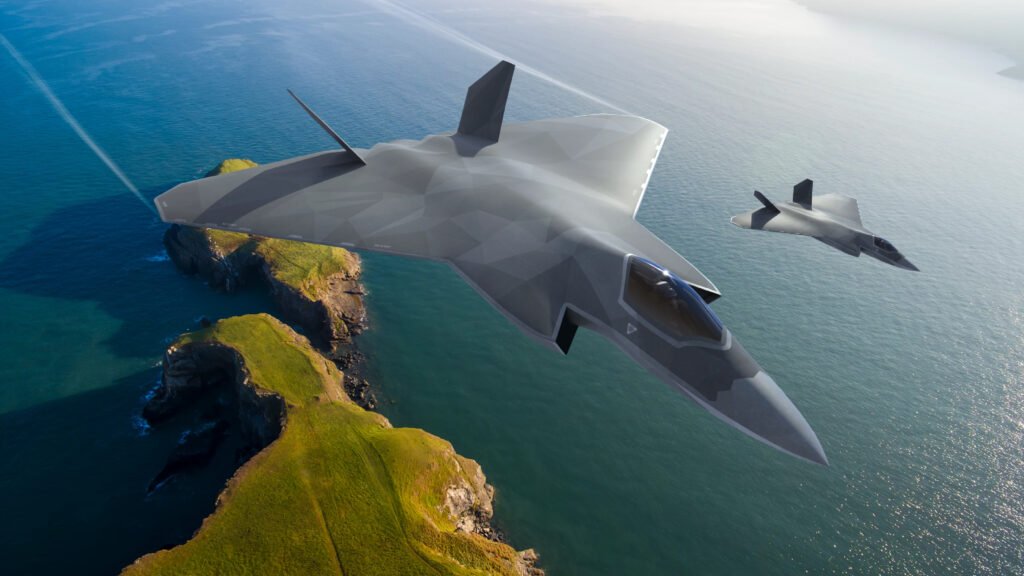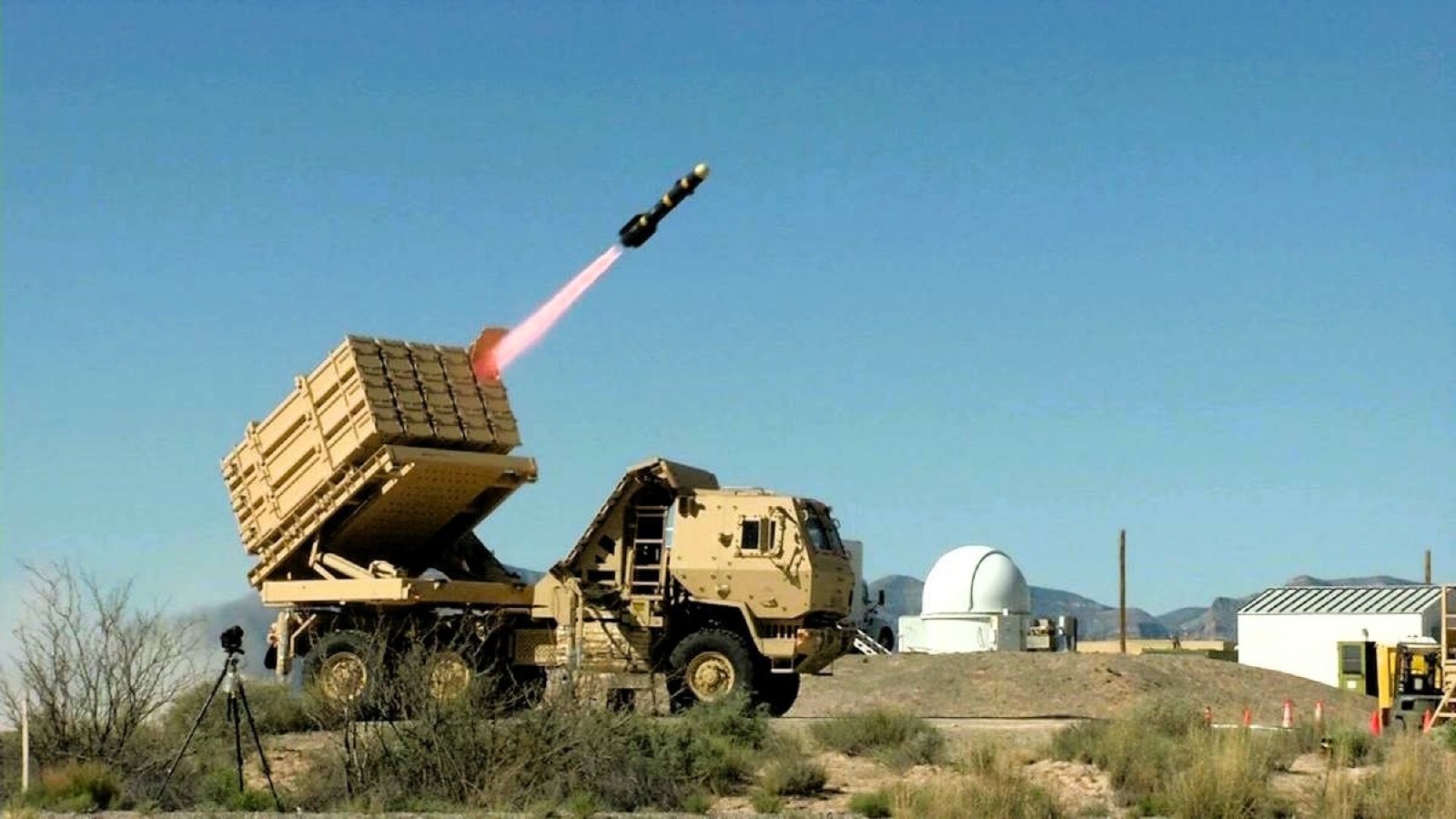
Next-Gen Fighter Jets: Market Outlook for 2030
The skies have always belonged to the bold. From the Wright brothers’ fragile flyer to stealth bombers cutting through radar silence, aviation has been humanity’s grandest leap toward both freedom and firepower. But as we peer into 2030, the stage is set for a spectacle unlike any other: the next generation of fighter jets. This isn’t just about sleek designs or faster engines. It’s about the intersection of technology, geopolitics, and strategy in the global fighter jets market—an arena where innovation meets necessity, and where defense budgets flex harder than ever before.
For Blackwater, a leader in market intelligence and research, this moment represents an inflection point. The future of air combat systems and aerospace defense is not just about who has the most jets—it’s about who has the smartest, most adaptive, and most lethal flying machines in the sky. Let’s buckle up and explore what the fighter jets of 2030 mean for markets, militaries, and manufacturers.
The Fighter Jets Market: Where Steel Meets Strategy
At its core, the fighter jets market is a mirror reflecting the ambitions and anxieties of nations. Every new aircraft is more than just a machine—it’s a political statement with wings. Countries don’t just buy jets to guard their skies; they buy them to signal influence, to deter rivals, and to negotiate from a position of power.
By 2030, the global fighter jets market is projected to grow at a pace that would make even commercial aviation jealous. Defense budgets, long considered untouchable, are swelling thanks to regional tensions, new security threats, and an undeniable arms race between technological heavyweights. From the F-35 Lightning II to next-gen projects like Europe’s Future Combat Air System (FCAS) and Japan’s F-X, the competition to dominate the skies is intensifying.
And yet, unlike in the Cold War, this isn’t just about speed or firepower. It’s about networks, data, and adaptability. The fighter jets of tomorrow won’t just fire missiles—they’ll talk to satellites, drones, and ground systems in real time, making them central hubs in modern air combat systems.
The Evolution of Air Combat Systems

A fighter jet is only as strong as the system it belongs to. Gone are the days when aerial dogfights decided wars. Today, victory lies in integration—how well a fighter communicates with drones, radar, and even cyber defense networks.
The future of air combat systems is shaping up to be more like a symphony than a solo act. Fighter jets will work seamlessly alongside unmanned aircraft, swarms of autonomous drones, and AI-driven command centers. Think of it less as Top Gun and more as an orchestra, where the jet is the conductor, ensuring every instrument plays in sync.
This systems-based approach is redefining the fighter jets market. Manufacturers are no longer just pitching aircraft—they’re offering entire ecosystems. It’s not about selling wings; it’s about selling webs of capability, making every sale a long-term partnership rather than a one-time purchase. For buyers, this means more complexity, but also far greater strategic advantage.
Aerospace Defense: The Bigger Picture
The aerospace defense industry is no stranger to disruption. From hypersonic missiles to satellite-based surveillance, the threats of tomorrow demand solutions that are faster, smarter, and more resilient. Fighter jets, once considered standalone assets, are now part of a larger jigsaw puzzle of defense infrastructure.
By 2030, the role of aerospace defense will be less about brute force and more about agility. Nations want jets that can intercept hypersonic projectiles, survive electronic warfare, and outthink AI-driven threats. The modern battlefield is as much about algorithms as it is about ammunition.
For Blackwater, tracking the trajectory of the aerospace defense industry means going beyond sales numbers. It’s about analyzing how regional conflicts, alliances, and technological breakthroughs drive demand. In short, the next-generation fighter isn’t just another military expense—it’s a strategic investment in a nation’s long-term security.
Advanced Military Aircraft: Speed, Stealth, and Smarts

So, what makes an advanced military aircraft “advanced”? Speed alone doesn’t cut it anymore. The world has moved on from simply asking, “How fast can it go?” to “How smart is it?”
The advanced fighters of 2030 will bring together stealth technology, AI-driven flight assistance, enhanced radar evasion, and modular weapon systems. The ability to switch roles—air superiority, ground attack, reconnaissance—without needing separate aircraft is key. Flexibility is the new firepower.
Moreover, sustainability is creeping into the conversation. As the world grapples with climate change, the defense sector is being pushed to explore greener fuels, hybrid engines, and more efficient designs. Imagine a future where the most lethal advanced military aircraft is also the most fuel-efficient. Not only would this reduce costs, but it would also blunt the criticism that defense spending is environmentally destructive.
The Geopolitical Flight Path
You can’t talk about the fighter jets market without talking geopolitics. Every jet sale comes with strings attached, whether they’re tied to alliances, sanctions, or soft power.
In Asia, China’s J-20 and upcoming J-31 are challenging U.S. dominance, sparking renewed interest in next-gen fighters among India, Japan, and South Korea. Europe, meanwhile, is rallying around joint projects like FCAS, aiming to reduce reliance on American hardware. The Middle East, flush with petro-dollars, continues to be a hotbed for fighter jet acquisitions, balancing both Western and Eastern suppliers.
For Blackwater, understanding these geopolitical shifts is crucial. The fighter jets market isn’t just a commercial contest—it’s a chessboard where every move reshapes alliances and recalibrates global power balances.
Technology at Mach Speed
Let’s face it—fighter jets are essentially flying tech showcases. And the innovations racing toward 2030 are nothing short of science fiction.
Artificial intelligence is expected to become a co-pilot, handling split-second decisions in combat. Augmented reality (AR) helmets will feed pilots live battlefield data, turning the cockpit into a literal video game HUD. Hypersonic engines could push speeds beyond Mach 5, while directed-energy weapons (think lasers) might replace conventional missiles for certain missions.
And then there’s the holy grail: unmanned fighters. By 2030, we’re likely to see the first operational autonomous fighter jets—machines capable of executing missions without a human pilot on board. While skeptics worry about ethics and safety, proponents argue this is the next logical step in reducing risk to human life. Either way, the fighter jets market is preparing for a world where man and machine share—or compete for—the skies.
The Market Outlook for 2030
By the close of this decade, the fighter jets market could surpass expectations both in size and scope. Analysts predict a multibillion-dollar surge, fueled by rising defense spending in Asia-Pacific, continued modernization in Europe, and sustained investment in North America.
But growth won’t be evenly spread. Nations that can afford top-tier systems will dominate the market, while others may rely on cost-effective alternatives or partnerships. This could widen the gap between military haves and have-nots, creating new challenges for global security.
For Blackwater, the mission is clear: help stakeholders—be they governments, manufacturers, or investors—navigate this turbulent market with clarity. With deep expertise in defense trends, air combat systems, and aerospace defense, Blackwater provides the intelligence that transforms data into decisions. In an industry where guessing wrong can cost billions, that insight is priceless.
Why Blackwater’s Insights Matter
The world of advanced military aircraft isn’t just complex—it’s borderline chaotic. Between shifting alliances, unpredictable conflicts, and technological leaps, decision-makers face a battlefield of uncertainty.
This is where Blackwater steps in. By blending rigorous market research with geopolitical analysis, Blackwater gives clients a front-row seat to the future of the fighter jets market. Whether it’s forecasting demand in Asia, analyzing supply chain vulnerabilities, or tracking the progress of hypersonic technology, Blackwater ensures that stakeholders don’t just react to change—they anticipate it.
Because in aerospace defense, being reactive is costly. Being proactive is powerful. And Blackwater is in the business of making clients powerful.
Conclusion: The Future Belongs to the Fast and the Informed

The fighter jets market of 2030 is not just about faster planes or shinier cockpits. It’s about an evolving philosophy of warfare—one where integration, intelligence, and innovation reign supreme. Air combat systems will grow more interconnected, aerospace defense will become more agile, and advanced military aircraft will redefine what nations expect from their skies.
But here’s the catch: the speed of change is unforgiving. Those who can’t keep up will fall behind. That’s why the insights from Blackwater are more critical than ever. With its finger on the pulse of aerospace innovation and defense strategy, Blackwater equips decision-makers to soar above uncertainty.
So, as 2030 approaches and fighter jets evolve from mere machines to flying ecosystems, one truth remains clear: the future of air dominance won’t just belong to those with the fastest jets. It will belong to those with the sharpest intelligence. And in that race, Blackwater ensures its clients are always ahead of the curve.



